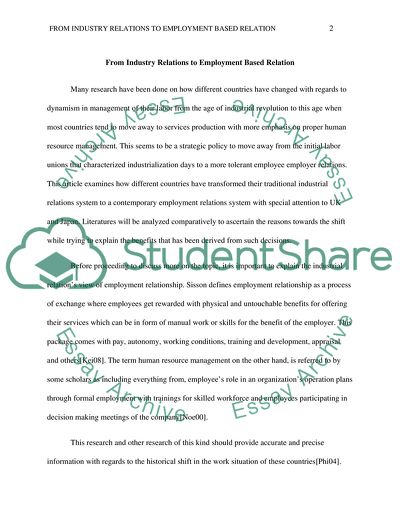Cite this document
(From Industry Relations to Employment-Based Relation Assignment, n.d.)
From Industry Relations to Employment-Based Relation Assignment. https://studentshare.org/human-resources/1876493-the-past-two-decades-have-seen-a-transformation-in-most-countries-from-a-traditional-industrial-relations-system-to-a-contemporary-employment-relations-one
From Industry Relations to Employment-Based Relation Assignment. https://studentshare.org/human-resources/1876493-the-past-two-decades-have-seen-a-transformation-in-most-countries-from-a-traditional-industrial-relations-system-to-a-contemporary-employment-relations-one
(From Industry Relations to Employment-Based Relation Assignment)
From Industry Relations to Employment-Based Relation Assignment. https://studentshare.org/human-resources/1876493-the-past-two-decades-have-seen-a-transformation-in-most-countries-from-a-traditional-industrial-relations-system-to-a-contemporary-employment-relations-one.
From Industry Relations to Employment-Based Relation Assignment. https://studentshare.org/human-resources/1876493-the-past-two-decades-have-seen-a-transformation-in-most-countries-from-a-traditional-industrial-relations-system-to-a-contemporary-employment-relations-one.
“From Industry Relations to Employment-Based Relation Assignment”. https://studentshare.org/human-resources/1876493-the-past-two-decades-have-seen-a-transformation-in-most-countries-from-a-traditional-industrial-relations-system-to-a-contemporary-employment-relations-one.


